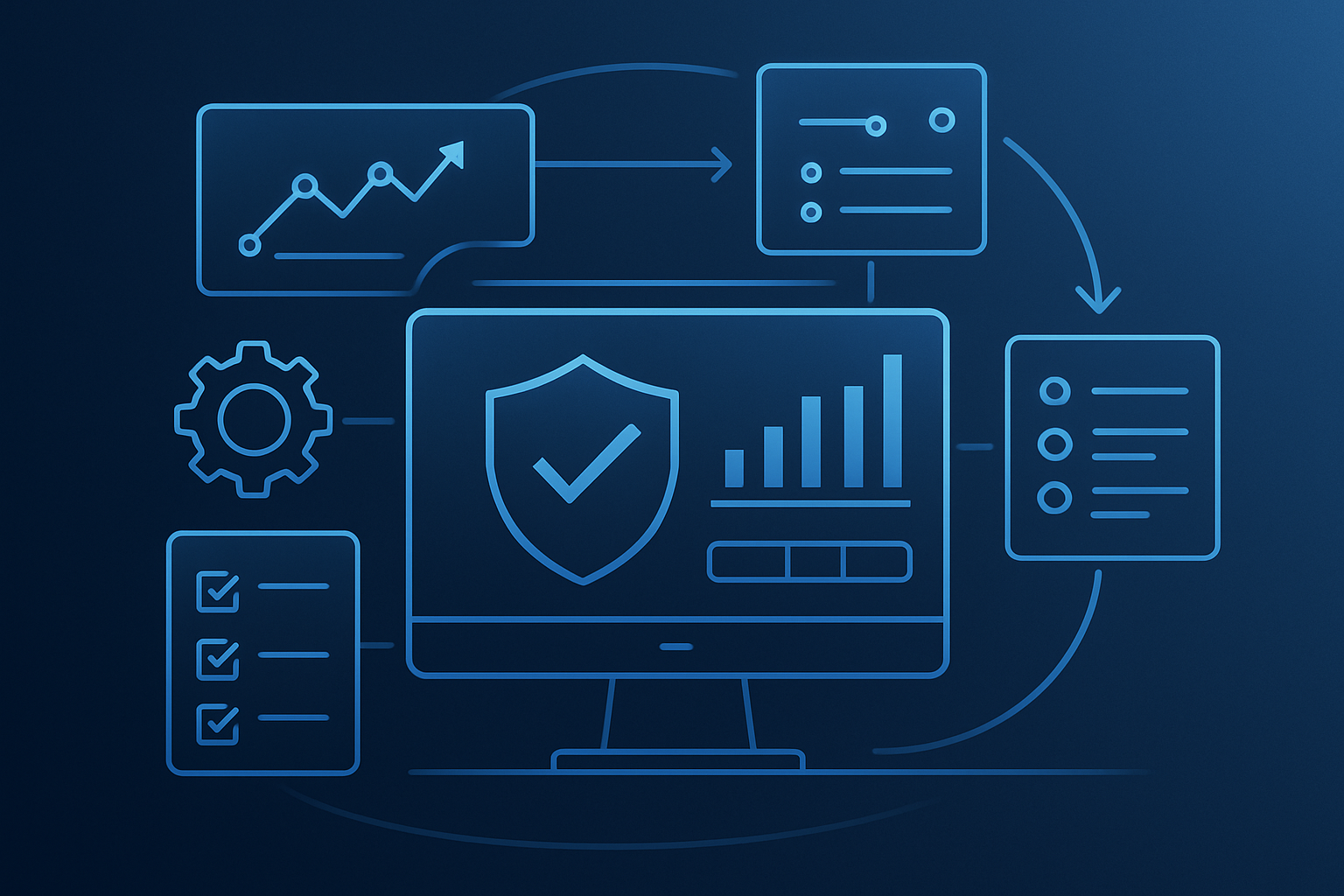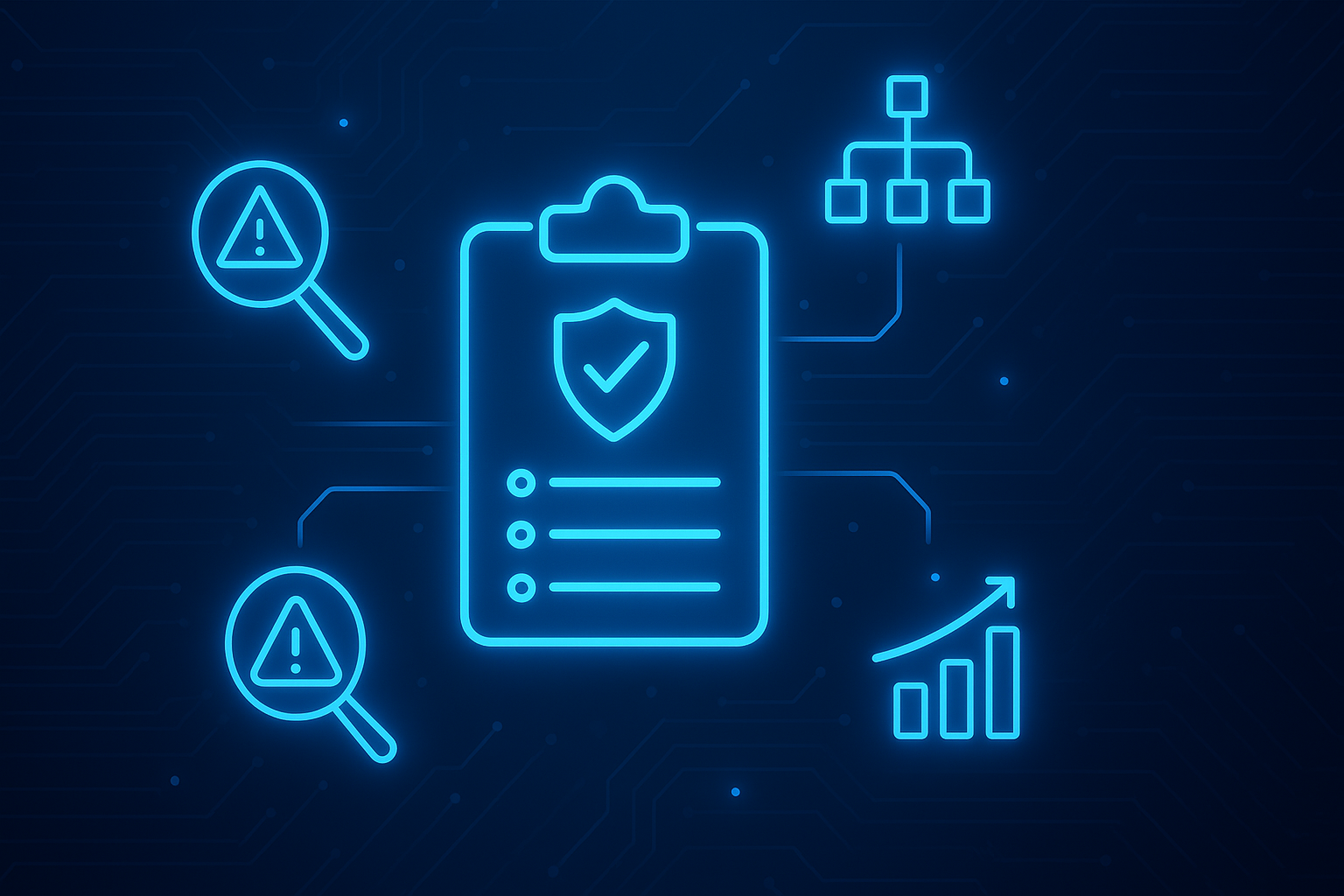The Conference of State Bank Supervisors published resources for bank executives back in 2014, that are widely accepted best practices and recommendations to be applied today. The CSBS gave examples of topics and questions that C-Level and other executives should be asking as they see cyberattacks and data breaches happening within their industry and outside as well.
C-Level Execs at Financial Institutions should be asking…
- Have we created an effective incident response plan? How often is it tested?
- What would we do if we were hacked today?
- Do we have a plan to inform internal and external stakeholders?
The National Institute of Standards and Technology (NIST) is an entity within the United States Department of Commerce with a mission of promoting innovation and competitiveness for all industries at the backbone of the U.S. economy and a mission of strengthening critical infrastructure security from attack. Financial institutions should take the Framework lightly, but instead should view it as a great opportunity to secure their business and customer data in keeping best practices in mind, and at the forefront of their program.
The NIST Cybersecurity Framework allows financial institutions to:
- Define current cybersecurity posture - where are we at now?
- Describe their target state for cybersecurity - where do we want to improve, based on these best practices?
- Identify and prioritize opportunities for improvement of risk management - where are our gaps?
- Assess and give a strategy to progress forward
- Build communications among internal and external stakeholders in the organization
The NIST Cybersecurity Framework can complement and doesn't have to replace, a financial organization's current cybersecurity risk management process or program. Instead, the organization can leverage the Framework to improve an organization’s cybersecurity risk management in many areas, exponentially. It also provides a common language and describes of what's needed for a successful and holistic cyber program.
With innovation in technology has come the evolution of methods to deliver financial services more efficiently. The industry has gone from ATMs in the 1980s, to PoS systems in the 1990s, to Internet banking in the 2000s, and mobile banking in 2010s. The IoT is growing and Fin-Tech is booming. These new, exciting ways of meeting your customers where they are unfortunately come with new vulnerabilities and increased risks of cyber-attacks.
The NIST Cybersecurity Framework, comprised of five functions: Identity, Protect, Detect, Respond, and Recover provides organization and structure to help any bank navigate its way to better protection against cyber threats. The CBCS's handbook on how to think about the five functions in your banking system or financial institution is available here.
Learn How CyberStrong Streamlines the NIST Cybersecurity Framework Adoption ... Along With All Other Financial Services, Banking and other Frameworks and Standards.





.png)
.png)
.png)
%201.png)
.png)




